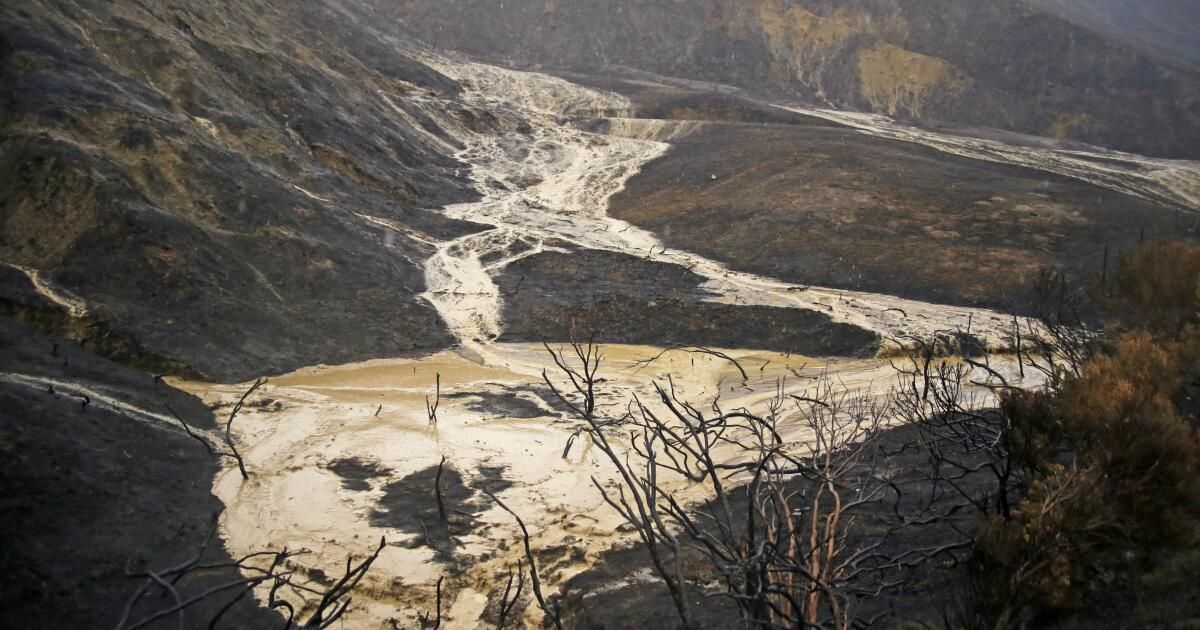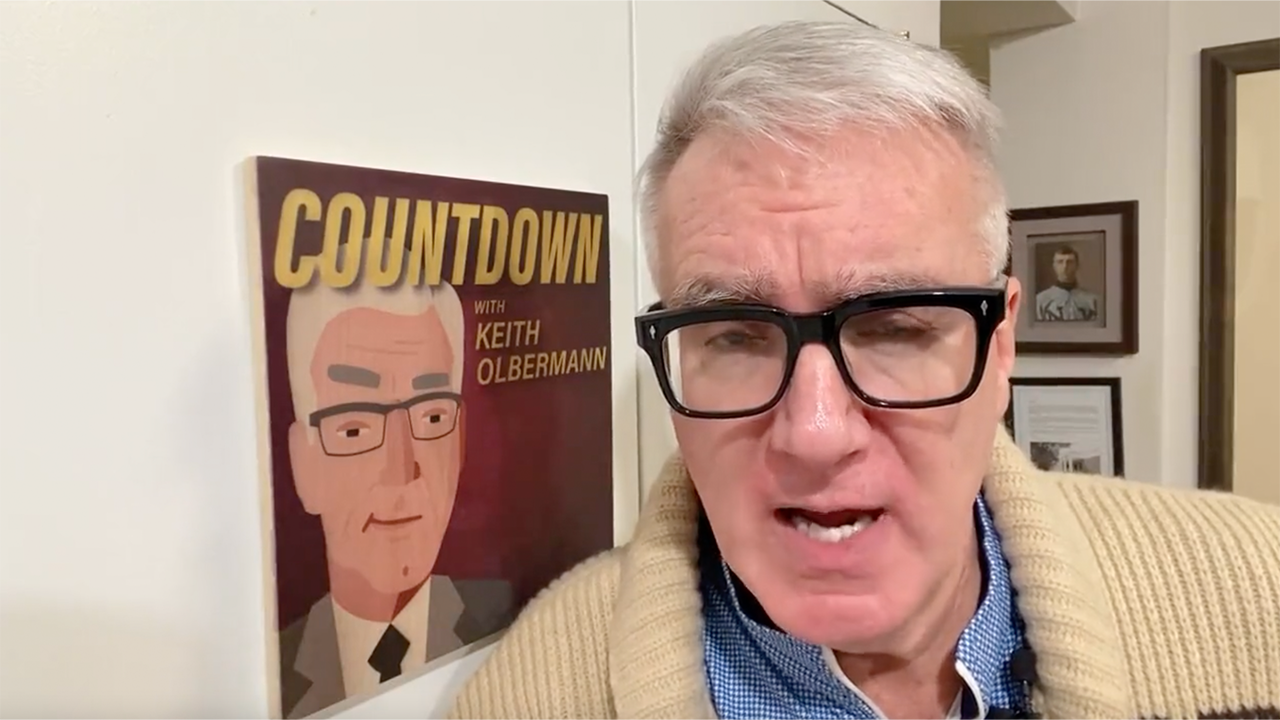Over the past three decades, California has experienced increasing erosion after major wildfires, a phenomenon that not only endangers water resources and ecosystems but is also likely to worsen with climate change, according to researchers.
A new study from the U.S. Geological Survey documented a tenfold increase in hillside erosion after fires in Northern California from the late 1980s to the 2010s, with most of the largest sediment-producing fires occurring in the past decade.
This erosion causes a host of problems. When heavy rains erode charred hillsides, debris flows can clog rivers and streams, depriving fish of oxygen. Sediment runoff can also fill reservoirs and take up valuable water storage space, damage flood control infrastructure and threaten nearby communities vulnerable to flash flooding.
The research team noted that erosion after wildfires has accelerated statewide since 1984, with the northern half of the state seeing the most notable change.
“In Northern California, we really see this huge increase [in post-fire erosion] “From the first decade to the second decade to the third decade to the fourth decade,” said Helen Dow, a USGS research geologist and lead author of the study. “There is a huge increase in sediment, both in mass … and also when we look at yield, meaning mass per area.”
By incorporating detailed modeling and field observations, the research team quantified soil and sediment loads from erosion between 1984 and 2021 for each year following a large wildfire, which scientists classified as greater than 25,000 acres. This method was able to put a number on a question that ecologists, forest managers and water conservationists have long wondered about.
“It's not surprising… but it's good to see it quantified by the USGS,” said Glen Martin, a spokesman for the environmental nonprofit California Water Impact Network.
“This highlights the bigger issue, which is that California is already stretched to the brink with its water supplies, reservoirs and fisheries, and these catastrophic fires are going to push it over the edge for a variety of reasons,” said Martin, who was not involved in the research.
Several studies have already shown that wildfires are growing larger and more intense due to climate change. The same forces are also increasing the frequency of more extreme rainstorms across the state, leading to more episodes of “climate whiplash.”
The USGS study, recently published in the Journal of Geophysical Research, found that 57% of the state’s post-fire erosion occurred upstream of reservoirs, “indicating an increasing risk to water security.” Reservoirs are a key component of the state’s fragile water system, but sediment influxes can reduce a watershed’s capacity and degrade its water quality.
“These results indicate increasing pressure on water resources due to post-fire erosion with ongoing climate change,” the study authors wrote.
Martin said increased erosion is part of a “detrimental cycle” of more fires, more eroded soil, leading to more infrastructure failures and, ultimately, less water.
“It has huge implications for everything from fisheries to water supplies, and this study confirms that,” Martin said.
USGS researchers expect post-wildfire erosion to only continue to increase statewide without comprehensive mitigation efforts, but Dow said documenting the scope of the problem is an important step for state and federal officials to look for interventions.
“Knowing that this is a problem that is getting worse in Northern California and having a sense of the magnitude of the problem in both Northern and Southern California could help shape how agencies think about fires,” Dow said.
“What we need to do is increase fuels control on both public and private lands,” Martin said, “so that when we do have fires, they’re not absolutely devastating, burning down to the mineral soil, turning the landscape into essentially a moonscape.”
Martin said fuel control could include prescribed burns and mechanical thinning, or selective removal of certain trees.
California is already aware of the devastating and widespread effects that erosion and debris flows can have after large wildfires.
In Montecito, heavy rains after the 2018 Thomas Fire unleashed an avalanche of mud and debris that swept through the town, killing 23 people and destroying 130 homes.
In 2022, a massive fish kill occurred on the Klamath River after successive landslides dumped fire-scarred soil and debris into the watershed, reducing dissolved oxygen levels for several hours.
Sediment buildup has also affected Devil's Gate Dam in Pasadena. Excessive erosion has also clogged countless culverts, blocked roads and buried infrastructure, adding to flooding and safety concerns.
This year, the park fire, which swept through Mill and Deer creeks in the Central Valley, has threatened what Martin called some of the last strongholds of endangered Chinook salmon. He said heavy rains in that area could undermine any progress wildlife officials have made in supporting the fish population.
“Our salmon runs are already decimated by excessive water diversions; when you add this to the mix, it essentially makes it nearly impossible for these runs to return,” Martin said.
Dow said the team's research only looked at erosion during the first year after a wildfire, so it likely underestimates the full magnitude of the problem.
The study was published alongside another USGS study that measured sediment in the Carmel River along California’s central coast. It concluded that after wildfires and extreme rainfall, sediment in the watershed increased significantly compared to long-term averages.
Martin said that with the state facing a number of other significant water issues, combating post-fire erosion through better land conservation and forest management is necessary but not easy.
“This is going to take time, and more than that, it’s going to take a lot of public will and money,” he said. “It’s a crisis situation… It’s only going to get worse until we really get serious about addressing it.”












